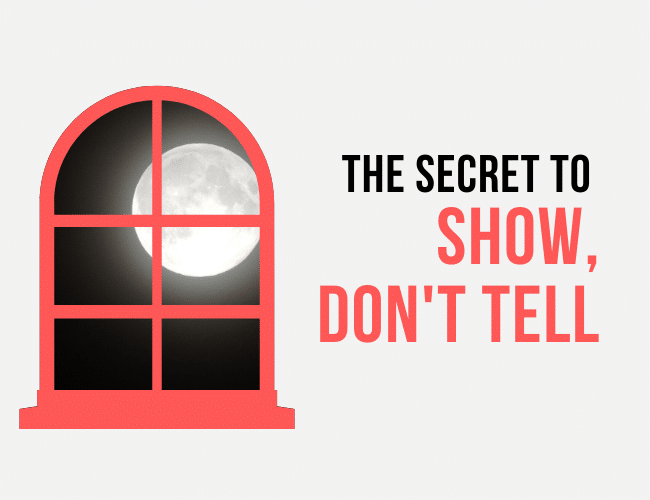
by Joe Bunting |
You’ve heard the classic writing rule, “Show. Don’t Tell.” Every writing blog ever has talked about it, and for good reason.
Showing, for some reason, is really difficult. Yet, it’s also one of the most important writing techniques you need to master if you want your own writing stand out.
Telling is one of the hardest habits to eradicate from your style. I still struggle with it regularly. However, writing that shows is so much more interesting than writing that tells. Most of the time.
In this article, you’ll find the definition of “show, don’t tell,” see several show don’t tell examples, and learn the one simple trick to strengthen your writing style.
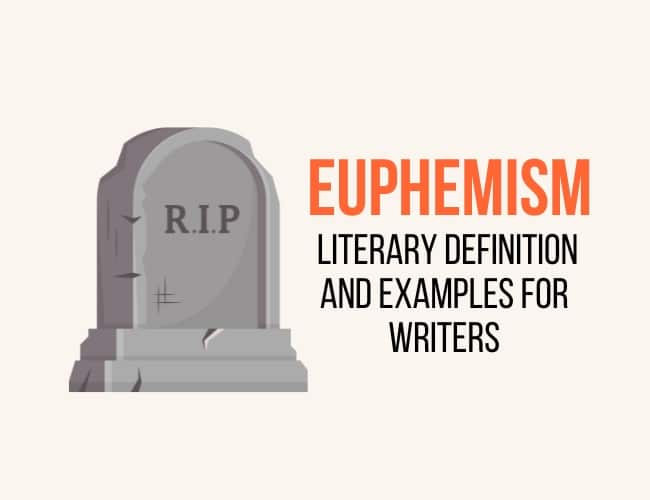
by Robert Harrell |
Euphemistic language is everywhere in polite society, used to speak and write sensitively about taboo subjects or to tackle difficult situations.
Parents sometimes refer to “the birds and the bees” as a euphemism for sex when speaking to their kids.
Euphemisms can make it both easier and harder to talk about uncomfortable topics, so they can be used in interesting ways in literature.
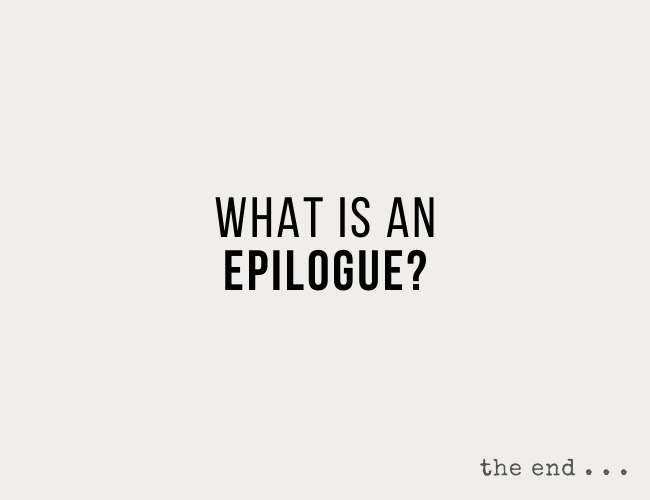
by Joe Bunting |
You know you’ve seen it at the end of a book, but what does it mean? What is an epilogue actually? Why not just call it, “Last Chapter?” Who thought up this word, “Epilogue,” anyway? And if you’re a writer, should you end you’re book with an epilogue?
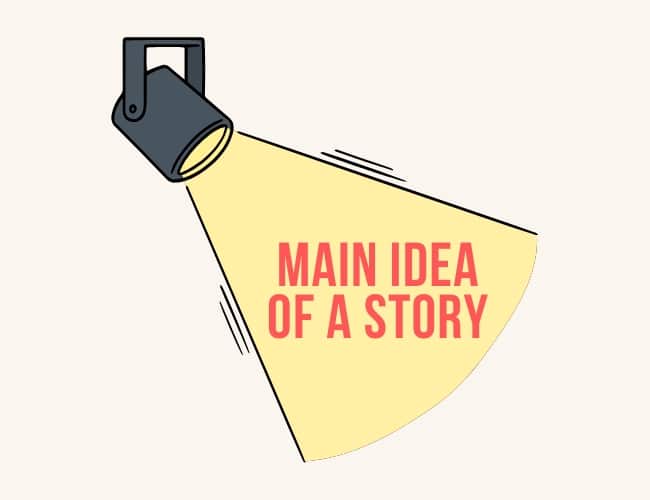
by Guest Blogger |
So you’ve been handed a passage and have to find the main idea of a story. But you have no idea where to begin and it’s starting to look like one large block of text. Never fear! Today we’ll look at how to find the main idea of a story and why it matters for learning and writing.
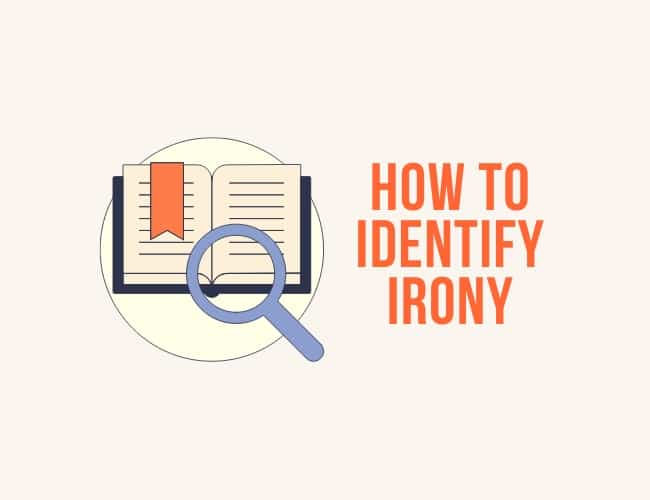
by Robert Harrell |
Irony is one of those literary devices that you feel before you know how to talk about it. Irony is the difference between what you expect and what happens. But what does that mean and can you learn how to identify irony? Let’s learn about irony today.
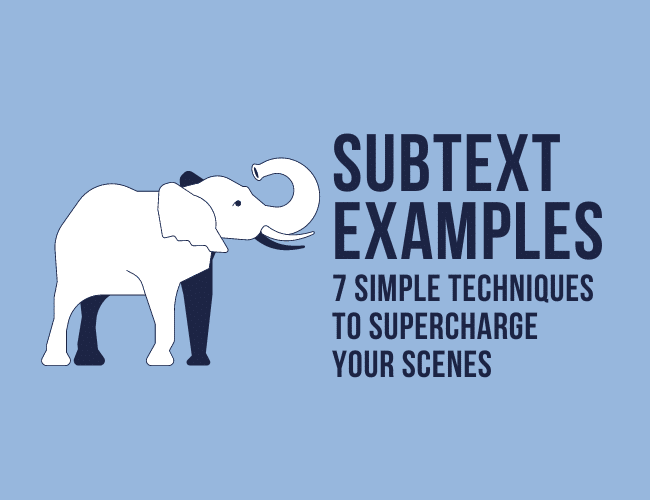
by Joslyn Chase |
As writers, we are always working to make our stories the best they can be. One of the more advanced techniques that can help you do this is by giving an underlying meaning in a scene—otherwise known as subtext.
In a story, subtext can be implied by the surface action and dialogue.
When you think about the books and stories that you most enjoyed reading, chances are that story’s scenes were woven with something deeper than what appeared on the surface.
Today I’d like to teach you seven simple techniques for using subtext in your story, which I’ll also teach with some subtext examples.





